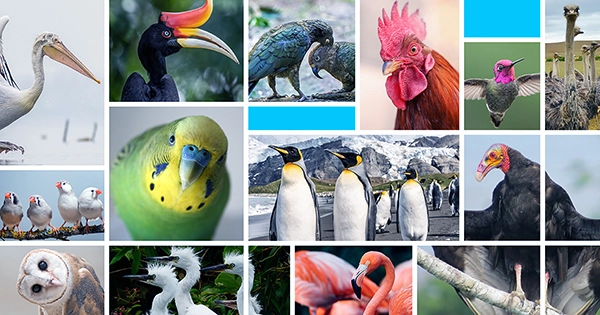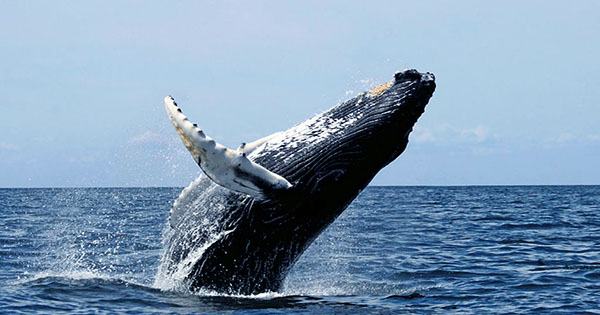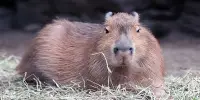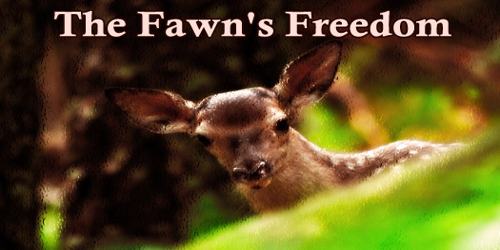A new approach for estimating the genetic variants that underpin natural selection has yielded an unexpected result. The additive genetic variation in the species analyzed is up to four times greater than expected, implying a proportionately quicker pace of evolution. However, the study left many questions unanswered, and the authors warn the consequences for species survival might be either positive or harmful, depending on whether the detected rate is a response to human influence or not.
“Evolution’s fuel” refers to genetic variations between members of the same species. However, quantifying them is difficult; we can readily analyze the variety of a characteristic, such as fur color or wingspan, but forecasting which traits will be vital for survival is far more difficult. Something distinct may be emerging unnoticed if we focus on a few traits. By looking at differences in the number of offspring within a species, a broad multinational team set out to solve this challenge. It would be impossible to do this from scratch, so scientists drew on existing long-term studies of 19 natural populations of 15 different animals and birds, and published their findings in the journal Science.
The research is based on the understanding that the ability to create offspring is what matters in natural selection. Specific features are only a means to that end; therefore, to investigate variety, one should look at the number of children each person generated. Dr. Timothée Bonnet of the Australian National University, the study’s first author, recognized that the metric isn’t ideal. He told IFLScience, “An individual might produce a lot of offspring, but those babies are rubbish.” It’s possible that the number of grandkids or great-grandchildren is more significant.
Nonetheless, Bonnet believes that the team’s method of focusing on a single generation is “somewhat impervious” to manipulation by those who prioritize number above quality in reproduction. Furthermore, the study was already taxing. “We needed to know when each individual was born, who they mated with, when they had infants, and when they died in order to do this study,” Bonnet said in a statement. Individually, the projects are massive undertakings, lasting an average of 30 years and providing “an astonishing 2.6 million hours of field data” to the team, according to Bonnet. On top of that, the authors of the article had to figure out how to account for non-genetic aspects like social learning in animals that rear their young in groups.
Various species evolve at different speeds, which is unsurprising. Tanzanian spotted hyenas were the quickest of the 15, evolving at a pace four times faster than prior predictions. Others were a little slower, but they still exceeded expectations. Given the tiny sample size, no apparent trends in which species evolve quicker were discovered. Bonnet told IFLScience, “We know how rapidly creatures have developed over millions of years.” “These are sluggish rates, but this is a sped-up form of evolution.” We may only locate a specimen every few hundred thousand years due to the scarcity of the fossil record. We will miss that if development is propelled in one way for a while and then in another.”
No one has spent the time necessary to trace the ancestry of reptile or insect populations in such detail as has been done with birds and mammals. “It’s really impossible to know without additional studies,” Bonnet told IFLScience, whether other branches of life will have similar degrees of variety and hence similar reactions to natural selection. “There are no known reasons why things may be different [among other species],” he continued. The findings might be interpreted positively. The faster creatures develop, the greater their odds of surviving the next century, which will almost definitely be the most difficult in 65 million years.
Unfortunately, according to Bonnet, there is a far more dismal possibility: the creatures investigated are already battling with changing environments in the Anthropocene, and their evolutionary rates have increased as a result. If this is the case, past predictions of baseline evolution may have been accurate, but things have already altered for most species on Earth, implying considerably bigger extinction risks. Bonnet explained, “It’s not teaching us anything about the future.” More study will be required in this regard.
















